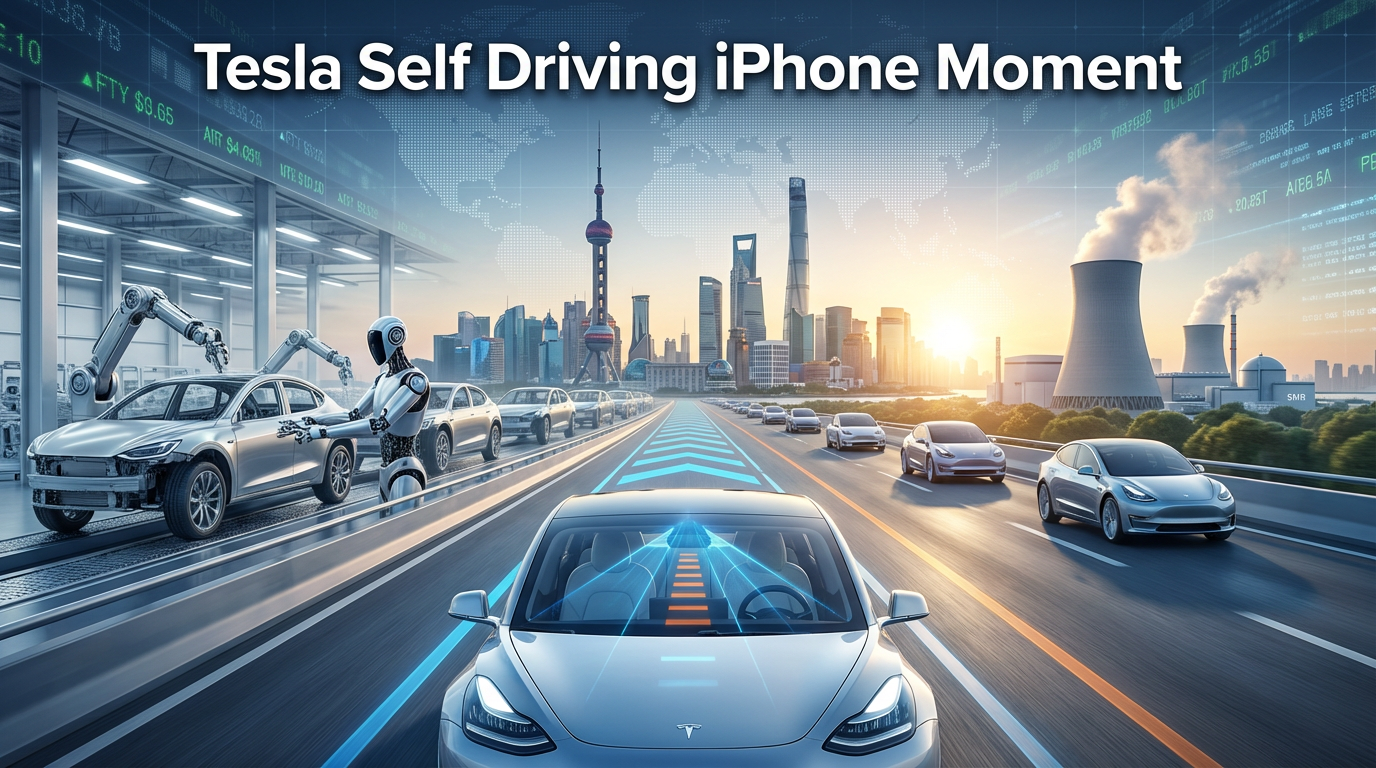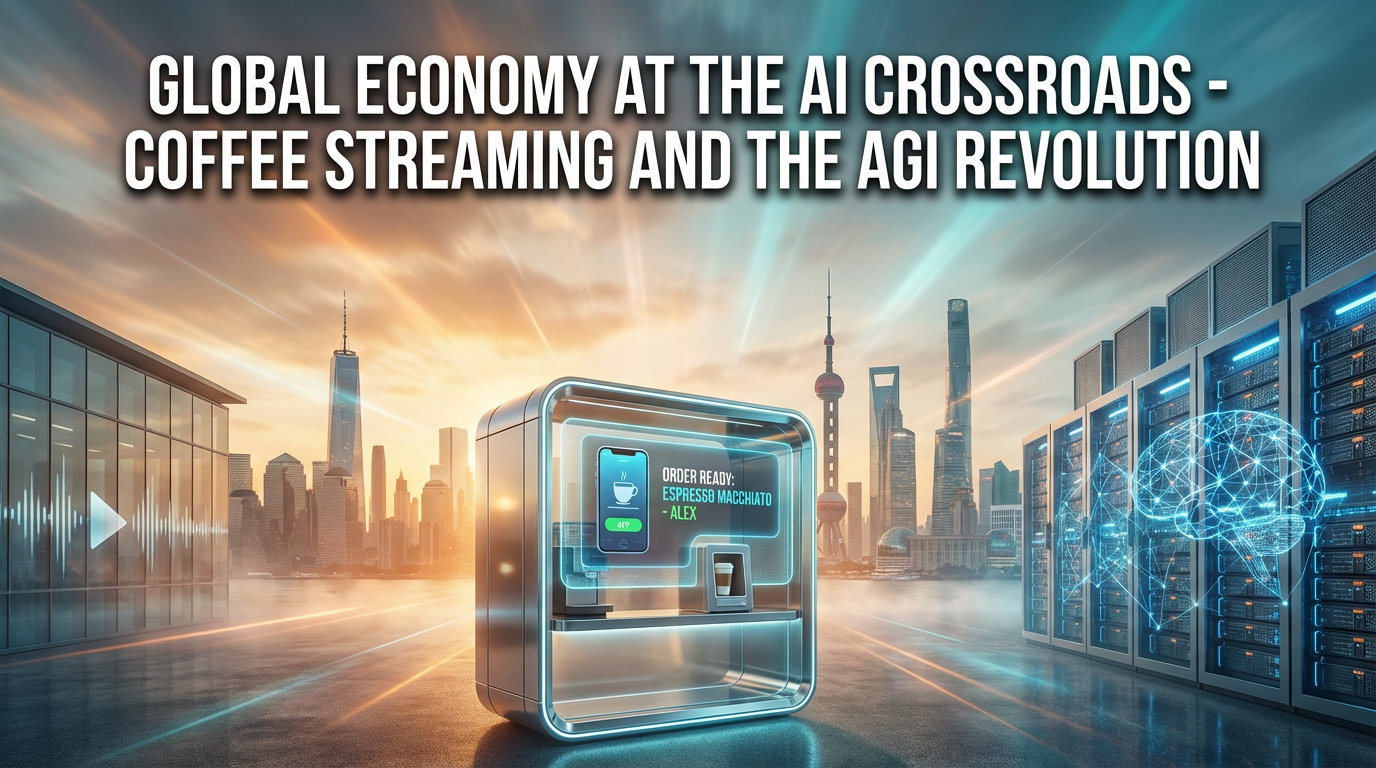● Revolutionary AI Sparks Semiconductor Gold Rush
Applied Materials and Everything about Semiconductor Innovation in the AI Era – An Analysis Covering Economy, Fourth Industrial Revolution, Semiconductors, AI, and Technological Innovation
1. Semiconductor Innovation Created by Applied Materials
Applied Materials creates value beyond just chip design or manufacturing equipment.
The core of semiconductors lies in material and process innovation.
For example, products like HBM, which drives the AI era, stem from the complex technologies of stacking DRAM and precision hole processing.
This article systematically analyzes how Applied Materials plays a key role throughout the thousands of steps in semiconductor manufacturing.
2. The Role of Applied Materials at Each Semiconductor Process Stage
● Oxidation and Thermal Treatment Process
- Rapid thermal processing equipment that applies a uniform oxidation layer on the wafer enhances semiconductor performance and reliability.
- This process’s significance in realizing high-performance, low-power semiconductors in the AI era is explained.
● Etching and Plasma Etching
- High-precision etching equipment like the Sym 3 series enables the formation of fine patterns.
- Maintaining precision is essential, as even minor errors can lead to power leakage or resistance issues.
● Deposition and CMP Process
- Leading global market share in deposition technologies through PVD, ALD, and CVD.
- Both metal electrode formation and circuit planarization (CMP) are completed with Applied’s technologies.
3. Power Efficiency and Technological Innovation Strategies in the AI Era
● GAA (Gate-All-Around) Case
- Transitioning beyond traditional fin transistors to 3D structures reduces power consumption by 25% to 30%.
- Applied’s deposition and etching technologies play a crucial role in realizing processes below 3nm.
● Memory Semiconductors – DRAM and HBM Innovation
- 3D DRAM and high-density packaging technologies maximize memory capacity and performance.
- The ability to process through-silicon vias (TSV) and perform uniform metal deposition enables this innovation through Applied’s technology.
● Energy Efficiency and Power Innovation
- Material engineering innovations are essential to address increased AI computational demands and power consumption issues in data centers.
- Applied significantly improves power efficiency through the transition of transistor structures from 2D to 3D and the placement of power on the back side.
4. Integrated Zero Solution IMS and Customized Process Technology
● IMS (Integrated Manufacturing Solution)
- Integrating previously separated processes such as deposition, etching, and cleaning into a continuous processing system within a single vacuum chamber.
- This minimizes contamination and defects while ensuring the stability of ultra-fine processes.
● Modular Cluster Tool ‘Vistara’
- Enables customers to freely combine up to 12 desired process modules, providing tailored solutions.
- This greatly contributes to improving productivity and accelerating technological innovation across businesses.
5. Open Innovation and the Future Vision of the Epic Center
● Epic Center Overview
- A semiconductor research facility currently under construction in Sunnyvale, Silicon Valley, covering 16,700 square meters, which boasts the largest scale in the world.
● Promoting Joint Research and Commercialization
- Open collaboration with major chip manufacturers, universities, and component suppliers simultaneously advances equipment, processes, and device innovations.
● Shortening Time to Market and Strengthening Partnerships
- The High Velocity Co-Innovation strategy, which focuses on implementing innovative architectures, draws attention for shortening time to market by up to 13 times.
6. Impact on the Economy and Connection with the Global Fourth Industrial Revolution
● Economic Outlook and AI Trends
- Applied Materials goes beyond simply supplying semiconductor equipment and leads the low-power, energy-efficient computing market.
● Global Economy and Fourth Industrial Revolution
- Cutting-edge technologies and material innovations in the AI era will be key factors in influencing the global economy and the Fourth Industrial Revolution.
● Development of the Industrial Ecosystem
- Through various collaborations and technological integration, it strengthens the capabilities of the entire semiconductor ecosystem, resulting in positive ripple effects on the economy as a whole.
< Summary >Applied Materials is the unsung hero of semiconductor innovation, leading the essential efficiency and performance improvement required in the AI era through material and process technologies.
By highlighting advanced technology cases such as the deposition, etching, GAA, 3D DRAM, and HBM, the core value of technological innovation is redefined.
Providing customized process solutions through the Integrated Zero Solution IMS and modular cluster tool ‘Vistara’, while promoting open innovation through the Epic Center contributes to the entire industry.
All of this presents the future vision of the economy, centered around SEO keywords like global economy, Fourth Industrial Revolution, semiconductors, AI, and technological innovation.< Summary >
[Related articles…]
*Source: [ 티타임즈TV ]
– “어플라이드 머티어리얼즈 없이 반도체 못 만든다”는 말이 나오는 이유
● Thrilling Flight Deals Await, Unleash Your Savings
Global Economy and AI Trends Changing Airline Service Innovation – Economic Interpretation of Incheon Airport Tips and Cheap Flight Purchase Methods
[1] Changes in the Airline Industry from a Global Economic Perspective
Cost reduction and maximizing efficiency are key global economic terms that directly impact flight ticket prices.
Various airlines are striving to offer the best services at minimal costs amid intensified competition and economic uncertainty, which sets new standards for purchasing cheap flight tickets.
In particular, large hub airports like Incheon Airport are developing customized services to maximize operational efficiency according to economic conditions.
Real-time tips and services provided by ground staff, such as check-in, baggage processing, and self-bag drop services, reflect global economic trends in the airline industry.
In line with the fourth industrial revolution, there are notable efforts to integrate AI technology throughout the airport to minimize waiting times and enhance customer satisfaction.
[2] Airport Service Improvement Driven by AI Trends and the Fourth Industrial Revolution
The latest AI-based facial recognition smart pass and QR code systems are revolutionizing exit inspections and security procedures.
AI algorithms analyze real-time congestion within the airport and immediately reflect this in the operation of exit hall pathways and check-in counters.
These technological advancements significantly reduce waiting lines at large terminals like Incheon Airport and add efficiency to the entire flight ticket purchasing process.
Additionally, AI and big data analytics greatly aid airlines in their baggage handling systems, passenger flow management, and the establishment of optimal flight ticket sales strategies.
Amid economic pressure and intensified competition, AI technology is becoming an essential means of securing competitive flight ticket pricing and responding to global economic instability.
[3] Chronologically Organized Innovations in Airport Usage and Flight Ticket Purchasing Processes
• Check-in and Baggage Processing
- Real-time guidance systems and self-bag drop devices to reduce processing time
- Pre-verification of regulations for liquids exceeding 100mm, hazardous materials, etc., to avoid unnecessary delays
- Introduction of flight ticket and baggage special services aimed at cost reduction reflecting the global economic situation
• Exit Inspection and Utilization of Smart Pass
- Fast exit inspections using AI-based facial recognition systems
- Provision of dedicated exit halls and waiting-free pathways within Incheon Airport
- Introduction of digital authentication procedures in line with the fourth industrial revolution to maximize efficiency
• Utilization of Airport Additional Services and Convenience Facilities
- Various needs of travelers met with services like Incheon Airport’s promotional observatory, lounges, coat storage, and capsule hotel services
- Facilities operated with AI and IoT technologies are offered with even more refined services under global economic and AI trends
- Coupled with customized discount services like special promotional tickets when purchasing flight tickets to provide additional cost-saving effects
[4] The Future of Flight Ticket Purchasing Shaped by Economy and Technology
In the context of global economic uncertainty, low-cost flight ticket sales strategies aimed at reducing economic burdens are becoming increasingly sophisticated when combined with AI trends.
Large airports and airlines are employing AI analysis to predict consumer behavior, launching various strategies such as customized flight ticket sales and special promotional tickets.
These changes are driving a digital transformation across the entire process from flight ticket purchasing to departure, going beyond simple airline operations.
The efforts of companies to simultaneously pursue smart technology and service optimization for the alleviation of economic burdens represent key insights from global economy and AI trends.
The future of the airline industry will transition into a new paradigm that achieves both customer convenience and cost efficiency through the fusion of economy and technology.
Summary
Changes in the global economy and AI trends are innovating the flight ticket purchasing and overall airport operations.
Real-time data analysis and AI-based smart pass systems have reduced waiting times and enabled efficient check-in and baggage processing.
Technological advancements of the fourth industrial revolution have led to innovations in additional services with customized discount tickets and dedicated exit corridors.
These changes act as critical strategies for simultaneously achieving optimal cost efficiency and customer satisfaction at large hub airports like Incheon Airport.
[Related articles…]
Summary of Incheon Airport Tips |
How to Purchase the Lowest Flight Tickets
*Source: [ 지식인사이드 ]
– 인천공항 직원이 알려주는 항공권 가장 저렴하게 구매하는 방법 (에어부산 1부)
● Quantum Breakthrough, AI Revolution, Economic Shift
This Month’s Unpublished Key News on AI and the Fourth Industrial Revolution – Revisiting Quantum Technology, Industrial Innovation, and the Future of the Global Economy
Google’s Quantum Chip and Discovery of New States of Matter
Google’s Willow quantum processor has implemented a flow-topological order state, creating a new state of matter that cannot be explained by traditional physics.
This technology is the first case of reproducing a rhythmic non-equilibrium state in a laboratory, which transforms the properties of matter, unlike traditional states (solid, liquid, gas).
This discovery opens up possibilities for quantum technology to explore new physical phenomena beyond mere computational speed improvements, making it an important global economic issue linked to the Fourth Industrial Revolution.
Unitree’s Anti-Gravity Robot and the Future of Advanced Industrial Robots
Unitree Robotics showcased the G1 humanoid robot, which applies an anti-gravity recovery mode, revealing remarkable technology that absorbs external shocks and restores balance.
This robot reacts like human muscles with 3D LiDAR, deep cameras, and motors installed in each joint, ensuring high efficiency and durability in factory automation, laboratories, and industrial production sites.
Additionally, the anticipation for the upcoming 1.8-meter full-sized robot highlights an important point regarding industrial innovation and global economic volatility.
Albania and China – A New Phase in AI Policy and the Robot Wars
In Albania, the AI chatbot ‘Della’ has been appointed as a government-level overseer to monitor corruption in public procurement systems, setting a precedent for AI involvement in government administration.
Meanwhile, China has demonstrated extreme AI technology with Spiking Brain 1.0 and trillion-parameter models, building a unique AI ecosystem based on domestic hardware.
These movements are evaluated as key components in the global economy and Fourth Industrial Revolution strategy, driving revolutionary changes across military, politics, and society with AI and robots moving beyond mere industrial automation.
Apple’s Fast VLM and Integration of AI Tools – A Future Combining Speed and Efficiency
Apple unveiled the Fast VLM based on Fast Vit HD, dramatically reducing the number of tokens generated while processing high-resolution visual data, significantly improving Time To First Token (TTFT).
This technology is a hybrid encoder capable of processing images and text simultaneously, maximizing efficiency through speeds 85 times faster and a miniaturized vision encoder compared to existing models.
Furthermore, this advancement is expected to act as a driving force for innovation in the Fourth Industrial Revolution by providing practical real-time applications of AI technology directly operable on user devices.
Direction of U.S. and Global AI Safety Regulations and Industrial Strategies
The U.S. government is moving to require companies like OpenAI and Anthropic to undergo safety assessments before launching new models to manage the social risks of AI.
California’s new legislation and international safety discussions are becoming important precedents in controlling the impact of advanced AI and robotics on the global economy and industrial innovation.
Companies are showing efforts to comply while also striving to develop technology and competitiveness, which are key factors reshaping the new balance of AI policy and the global economy.
Latest Updates on AI Models and Corporate Strategies
Various updates have been announced, including the addition of MCP tool support in the developer mode of OpenAI’s ChatGPT, BiteDance’s Cream 4.0 image model, and Adobe’s enterprise AI agents.
Additionally, Microsoft introduced the Rstar 2 agent, showcasing a new learning model where AI dynamically interacts with its environment to solve problems.
Moreover, Chinese companies are shaking the industrial landscape with their AI models outperforming global competitive products in performance, conducting large-scale deployments alongside strategic pricing policies.
Integration of AI in Google Chrome – Innovation in Gemini and AI Browsing
Google has fully integrated the AI model Gemini into the Chrome browser, revolutionizing the search and browsing experience.
Now, users can receive assistance from an AI assistant that understands, compares, and remembers the content of web pages in real-time, going beyond simple searches.
Additionally, an omnibox equipped with an AI mode allows users to receive answers to complex questions all at once, establishing itself as a core technology leading a new consumer experience in the digital economy and the Fourth Industrial Revolution.
By organizing the latest updates related to AI, the global economy, the Fourth Industrial Revolution, industrial innovation, and quantum technologies, it provides an easy understanding of the shifting technological paradigm and its economic and social impacts.
[Related Articles…]
Global Quantum Innovation and Future Science | In the Age of AI, the New Driving Force of Industrial Innovation
*Source: [ AI Revolution ]
– AI SHOCKS The World This Month: Unitree Anti-Gravity Robot, ChatGPT Upgrade, Chrome AI…



